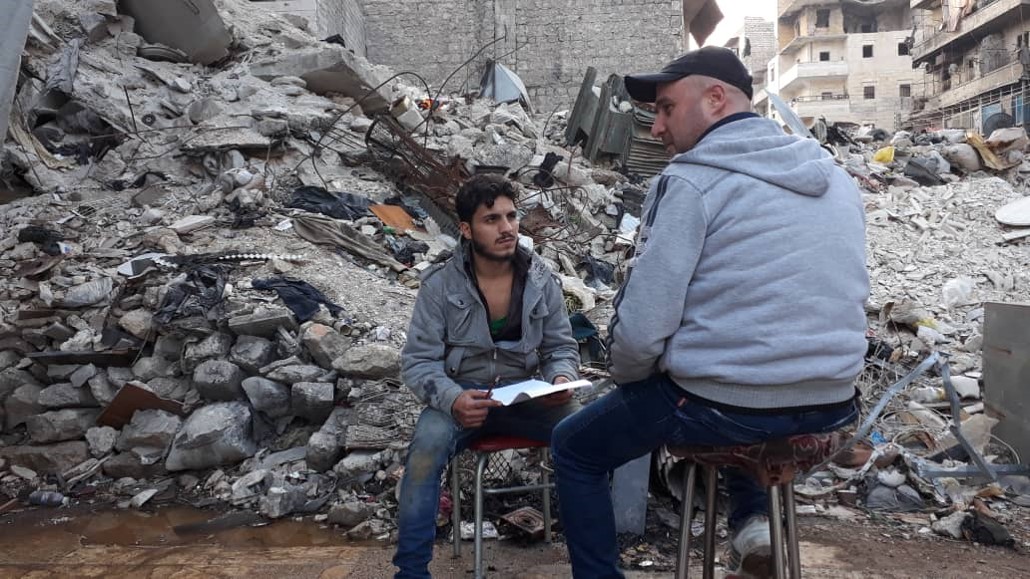 Session 4 of 35th Annual Conference of Japan Association for Middle East Studies
Session 4 of 35th Annual Conference of Japan Association for Middle East Studies
12:40-14:10, May 12, 2019
Akita University (Tegata Campus), Akita
Summary
The conflict that began in Syria in 2011 has resulted in enormous human and material damage. An estimated 500,000 have died, and more than 5.6 million have left the country as refugees, according to UNHCR data indicated in November 2018. According to the UNOCHA, a further 6 million people (as of January 2016) are internally displaced persons (IDPs) in a state of destitution. The rise of the Islamic State and the influx of migrants and refugees into Europe have prompted academics to attempt to understand the actual conditions of the refugees and IDPs, the primary and most numerous victims of a conflict that has been called “the century’s worst humanitarian catastrophe”. This session investigates ways in which the conflict has impacted the perceptions of the people of Syria, including refugees and IDPs, by utilizing quantitative approaches, the most outstanding of which is metrology; qualitative (descriptive) research, the major method of area studies. To this end, the session incorporates data from public opinion surveys and case studies conducted by presenters in European and neighboring Arab countries where refugees are accepted and in Syria itself.
Moderator
- Yutaka TAKAOKA (Middle East Institute of Japan)
Presenters
- Hiroyuki AOYAMA (Tokyo University of Foreign Studies)
- Shingo HAMANAKA (Ryukoku University)
- Aiko NISHIKIDA (Keio University)
What Do the Most Numerous Grouping of Victims of the Syrian Civil War, Who Have Been Ignored, Want? Interpretation of Public Opinion Poll Results of IDPs, Understood through Area Studies (Hiroyuki AOYAMA)
This presentation presents a qualitative analysis of the results of a 2018 public opinion survey of IDPs living in six governorates of Syria (Damascus, Damascus Suburb, Aleppo, Hims, Latakia, and Al-Hasakah Governorates), utilizing the methods and tools of area studies, and assesses stereotypes of refugees, IDPs, and migrants in relation to pre-established harmony and poetic justice, as well as the discrepancies between these stereotypes and their actual conditions.
Perceptions of International Relations among Residents in Syrian Government-Controlled Regions and Among Internally Displaced Persons: The Political Cognitive Map Approach (Shingo HAMANAKA)
In this presentation, we investigate political perceptions with a 2017 public opinion poll of Syria and a 2018 survey of Syrian refugees. There are differences in social hierarchy between types of residents in Syrian government-controlled territories and IDPs, which are correlated with differences in these residents’ and IDPs’ perceptions of the external world. We conduct a quantitative analysis of this relationship using international political theory.
Thoughts on Returning: Comparative Analysis of Perceptions of Migration among Syrian Refugees (Aiko NISHIKIDA)
In this presentation, we investigate certain aspects of Syrian refugees’ consciousness and perceptions regarding their possibility of returning home, through an analysis of case studies and opinion polls. We examine differences in perceptions regarding their migration to Syria’s neighboring countries, such as Jordan and Lebanon, as well as to Germany, a major destination of migrants-refugees. We also examine influence of the factors such as the place of origin, number of years of residence, generation, and political tendencies to their perception.
